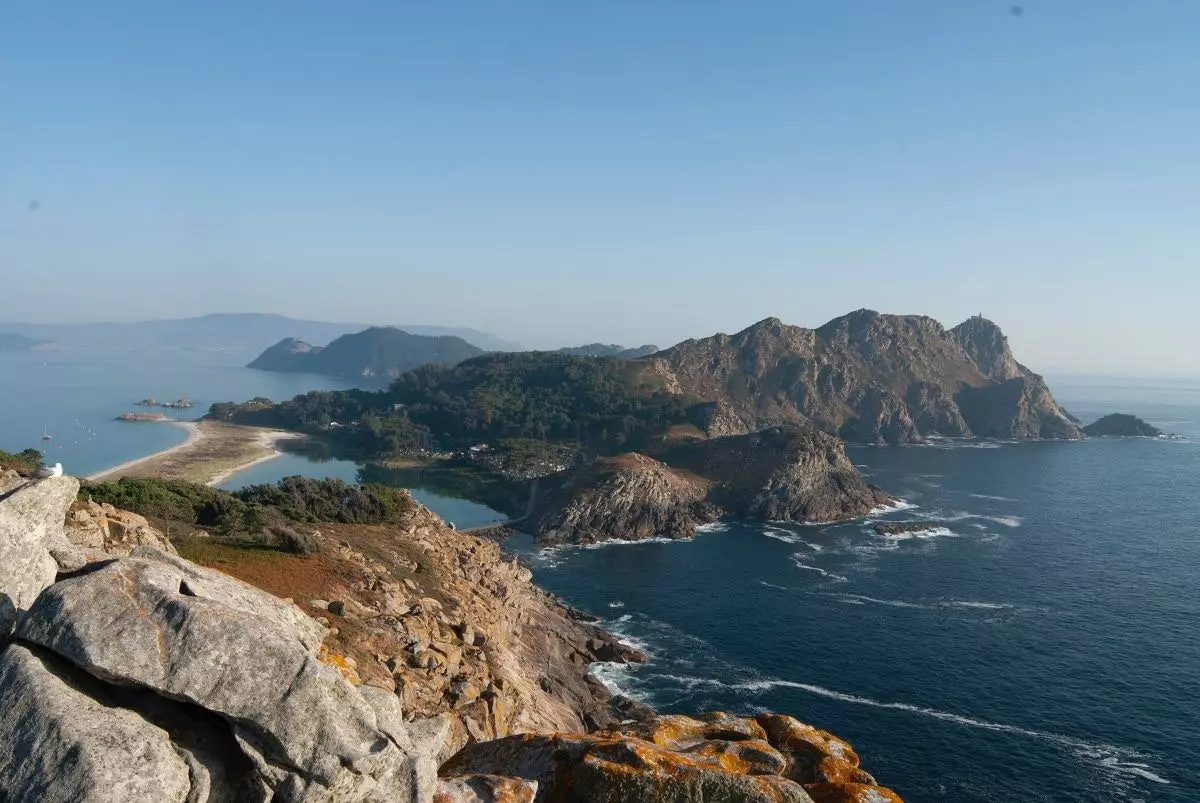
Navigating to the Cíes, camping and hiking trails with these views is... the plan.
"Do you want to go on an adventure?" That question with which Peter Pan rebukes children in the novel by J.M. Barrie seems to run through our minds when we first see the Cies Island, East archipelago formed by three islands (North or Monteagudo, Del Medio or do Faro, and South or San Martiño) and anchored at the edge of the Atlantic. Gone are the Rias Baixas, regardless of port where do you take the boat (Vigo, Cangas or Baiona) that connect the province of Pontevedra with this refuge In nature.
Simulating Neverland, we cross the 14 kilometers that separate the mainland on both sides of the Vigo estuary with a string of garlic on the mast, to protect us from bad omens that may challenge its waters.
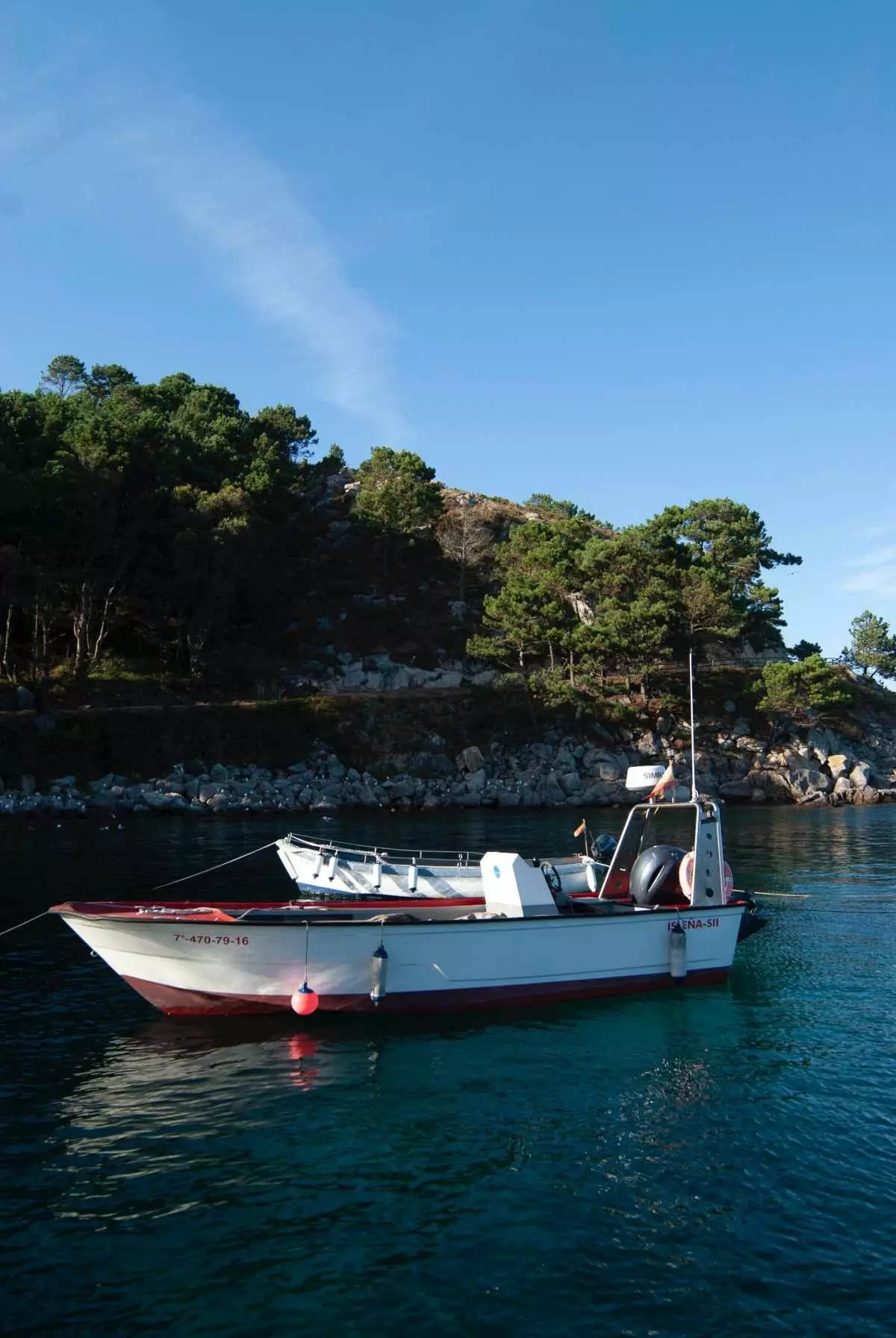
You have to ask for permits to enter the Cíes Islands, also for your boat if it is private.
The same waters that in the Modern Age were crossed by corsairs, who used the island as a raiding head, port and resting place. The literary Captain Hook or flesh and blood pirates like Francis Drake crowd into the imaginary of a place that, despite the human uproar – now contained by the situation caused by Covid-19 – seems to have stopped the clock dead.
The horn of the Vitrasite, That affectionate nickname with which the workers baptized the truck that transported the acetylene tubes to the lighthouses in the seventies, still resonates among the movement of the waves, which drag more than 200,000 visitors to its coast every summer.
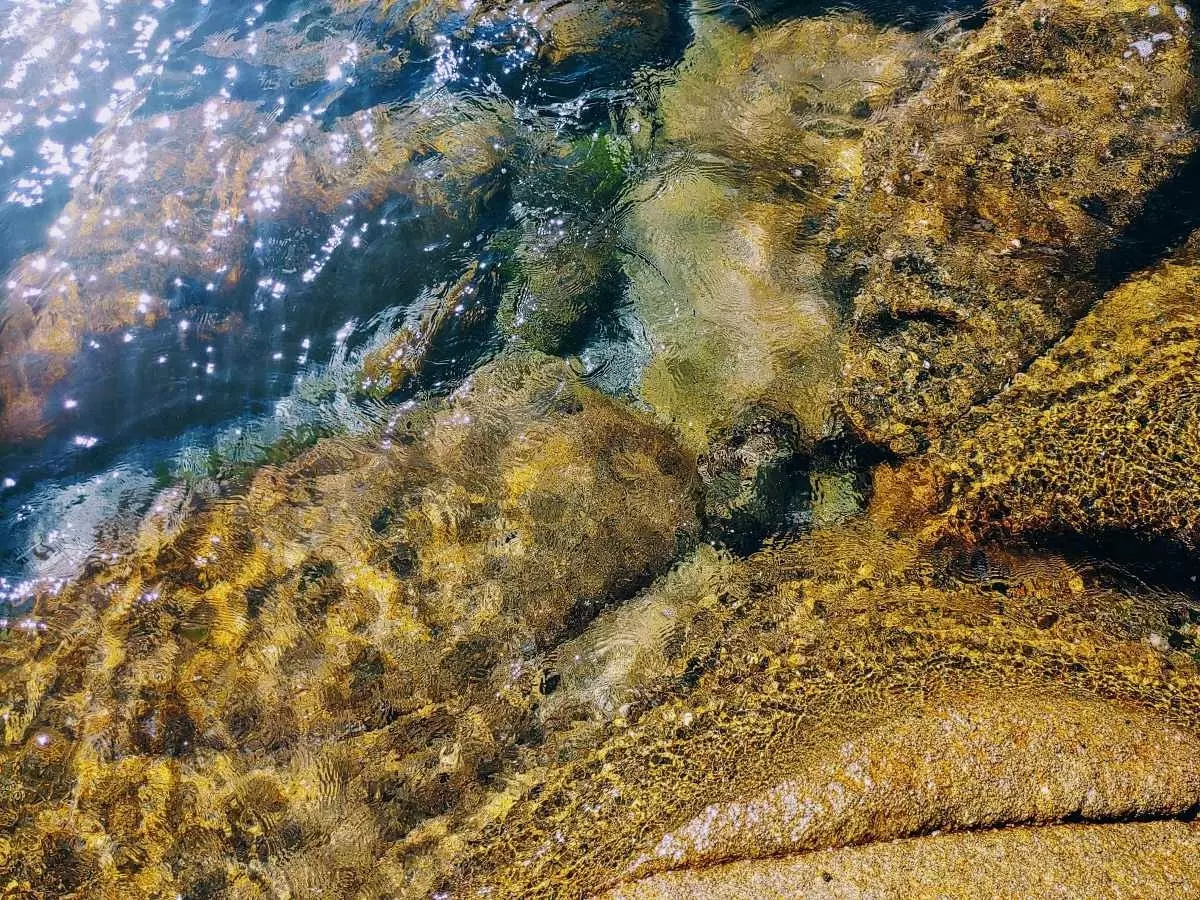
You never get tired of contemplating the crystal clear waters and the color of the stone of this natural paradise.
Declared a natural park in 1980 after the sharp deterioration caused by tourist activity, they share with their distant cousins in the same reserve of the Atlantic Islands of Galicia (Ons, Sálvora and Cortegada) that indomitable facade, despite the irreparable damage caused by the Prestige oil tanker to its ecosystem.
Patient and regal awaits the Alto das Cíes, the highest peak high of the archipelago that crowns the northern island wisely named Monteagudo. attached to the Faro Island for the famous Rhodes Sand Crescent, the final touch is put to the south by the smallest of all, San Martino. When the tide rises, the natural cord between the two largest is cut, swelling the lagoon that forms between the sand and the rocks.
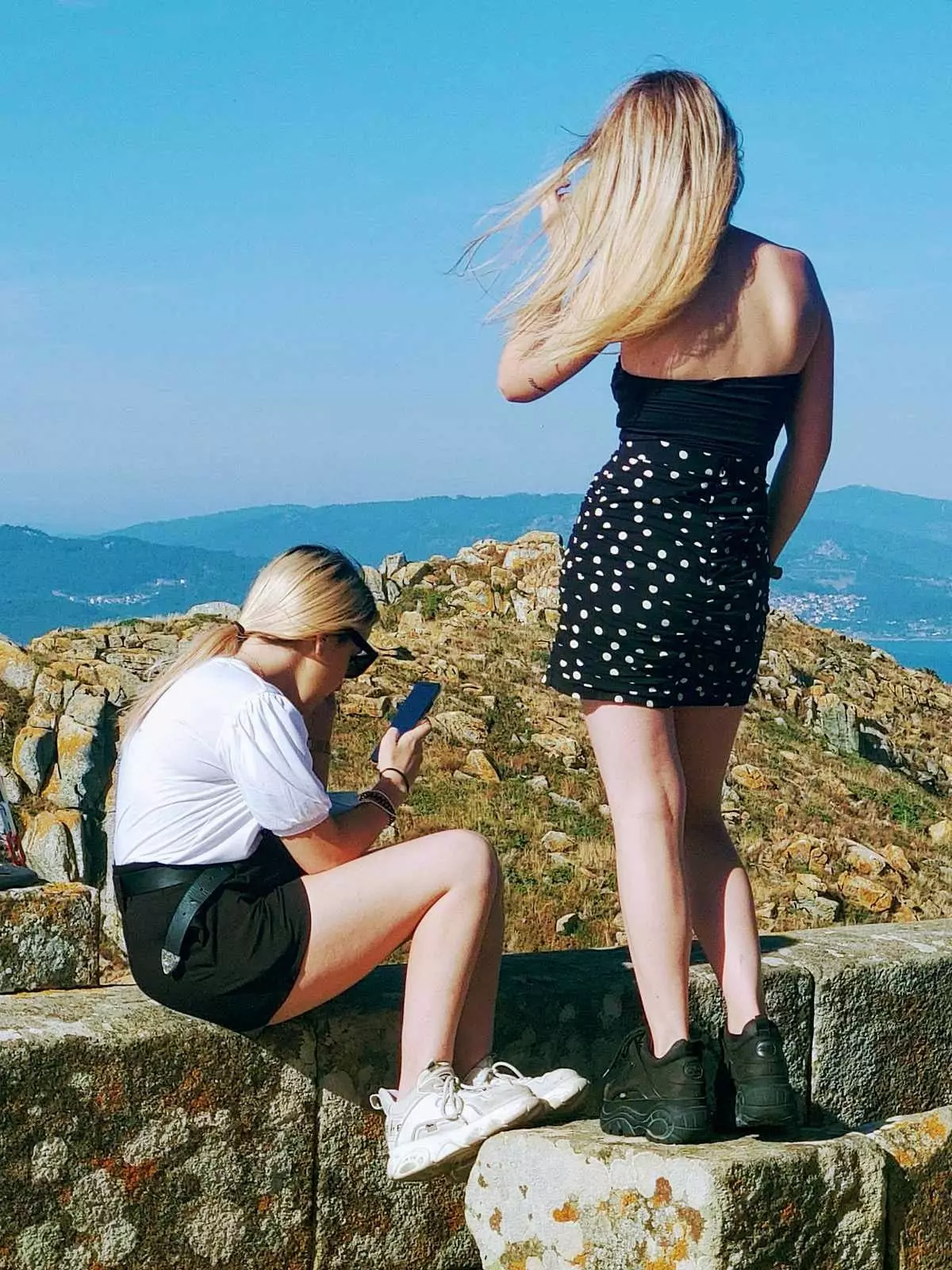
Any of the corners of these islands are instagrammable.
The abrupt face of the archipelago reveals a past as the summit of the coastal mountains that were buried under the sea, scratched by cliffs full of mussels and barnacles. On flat ground, a blanket of fine sand and icy water challenges the bravest to get their chests out.
That tough-guy aspect is intensified by forests anchored in the dunes themselves, whose trees allow themselves to be caught in vines and a natural carpet of ferns that holds back the fierce winds of the Atlantic. **
A palette of endless greens that used to smell of eucalyptus after its repopulation in the eighties and that interrupts the relentless tox, a plant with thousands of seeds that waits up to 70 years to germinate.
Its flowers color the mountains of the islands next to the xesta yellow, a bush to which are attributed magical properties. Legend has it that if you light a sprig of its flowers on the window when the sun goes down every April 30, you can attract good luck or avoid an evil eye.
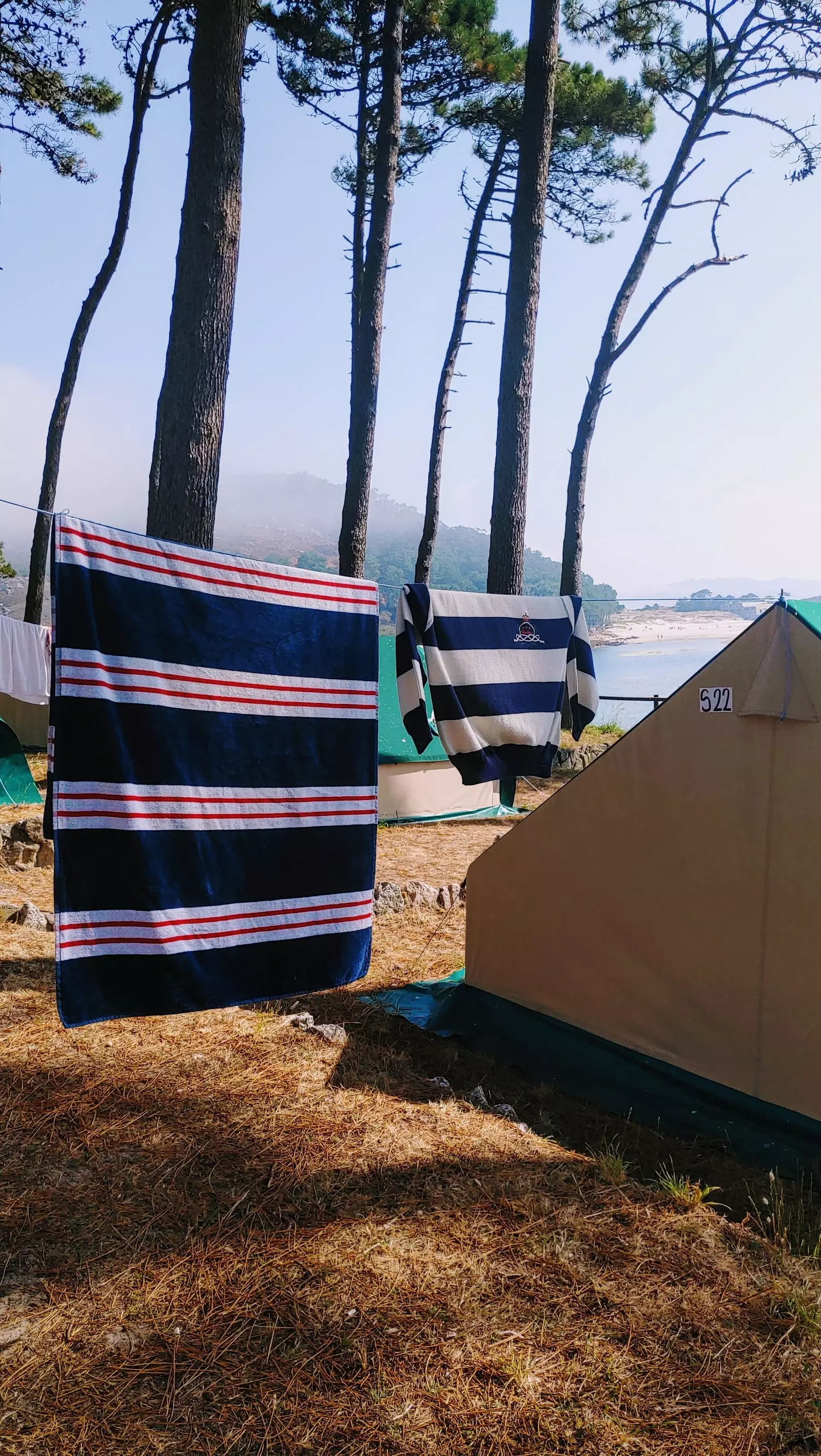
Waking up to these views every day is all we want to do.
The lack of rain (if we compare it with the rest of Galician lands) and the spring temperatures that they experience during the summer They invite us to take out that hiker that we carry inside and explore them carefully on foot. Some are the trails traveled by the carabineiros do Reino in the twenties to control maritime smuggling, and now accumulates ornithology enthusiasts to spot the colony of yellow-legged gulls biggest in the world.
The Alto del Principe Route, With about three kilometers of easy travel, it is a good place to admire them and be part of their squawks. This path to the top Mount Sharp gifts from the natural viewpoint known as the Queen's Chair with a panoramic view of the islands that takes your breath away.
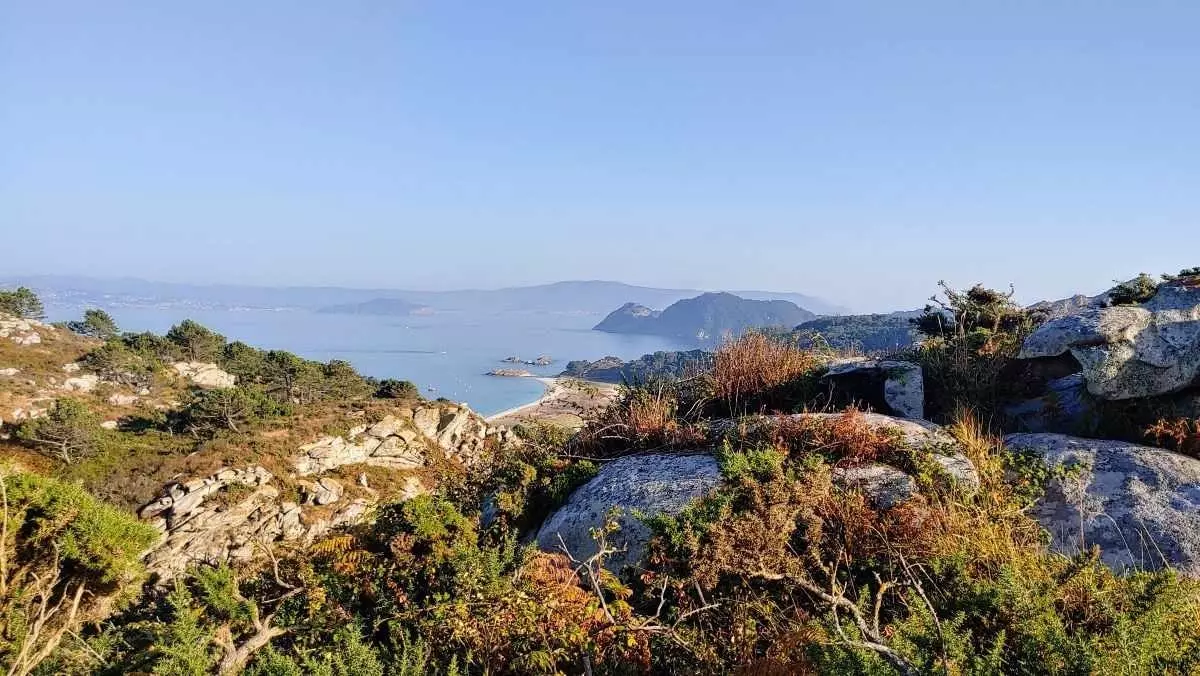
The paths that lead to the top of Monte Agudo do not disappoint.
The feast of lights that Pedra da Campá experiences at sunset well worth a climb Monte do Faro, a longer route that crosses the larger islands to observe how the sun's rays pierce this rock eroded by the wind and sea drops. Hedgehogs, salamanders and beetles act as improvised companions on the paths down, which lead us to their beaches where you can snorkel and swim among octopuses and forests of brown algae. Or simply sunbathe and rescue shells, abundant and with striking colors in the bowling sand.
In addition to the mediatic and omnipresent Rodas beach, which houses the pier and an old salting factory converted into one of the few restaurants that supports the area, there is a lot of shore to discover. In the figueiras beach, Chosen as the second most beautiful in Spain by the readers of Traveler, there are all points in its favour: you can undress on its grayish sand if you want and it has shaded areas to shelter you when the sun shines. If we prefer that loneliness that only gives one deserted beach, It is well worth walking a bit and approaching the Cantareira or Margaridas coves, the latter protected by the rocks of the sea.
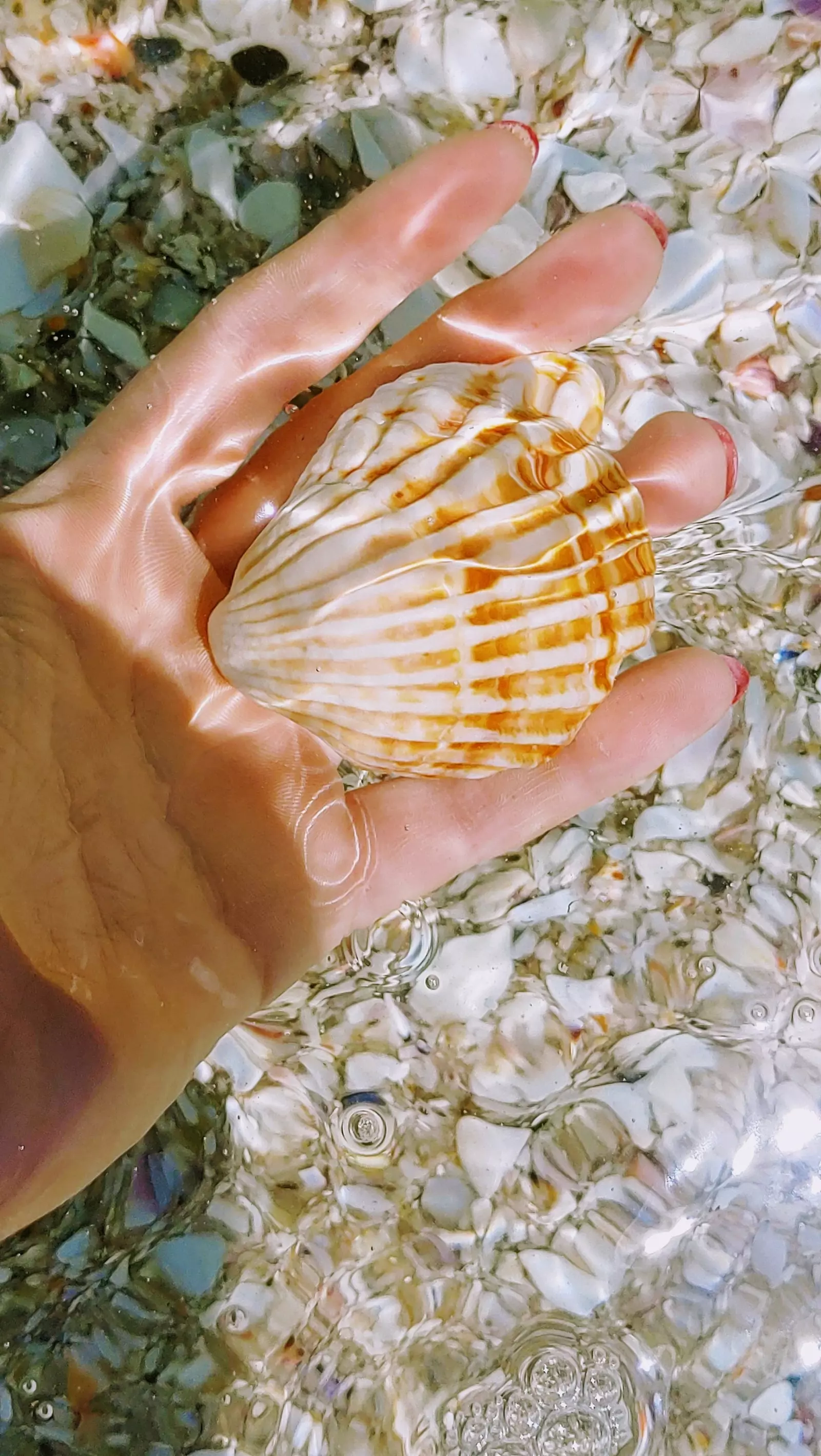
Any better way to pass the time?
The imagination picks up cruising speed when we wander through the historical footprint of the islands. The few marks of stonemasons and shafts of the old 11th century St. Stephen's monastery They are still standing, together with just a few ashlars on which an artillery warehouse and the current visitor center were built.
recently restored, the local cemetery has been maintained since 1927, built to bury in a cemetery the neighbors and castaways who were previously buried under the dunes.
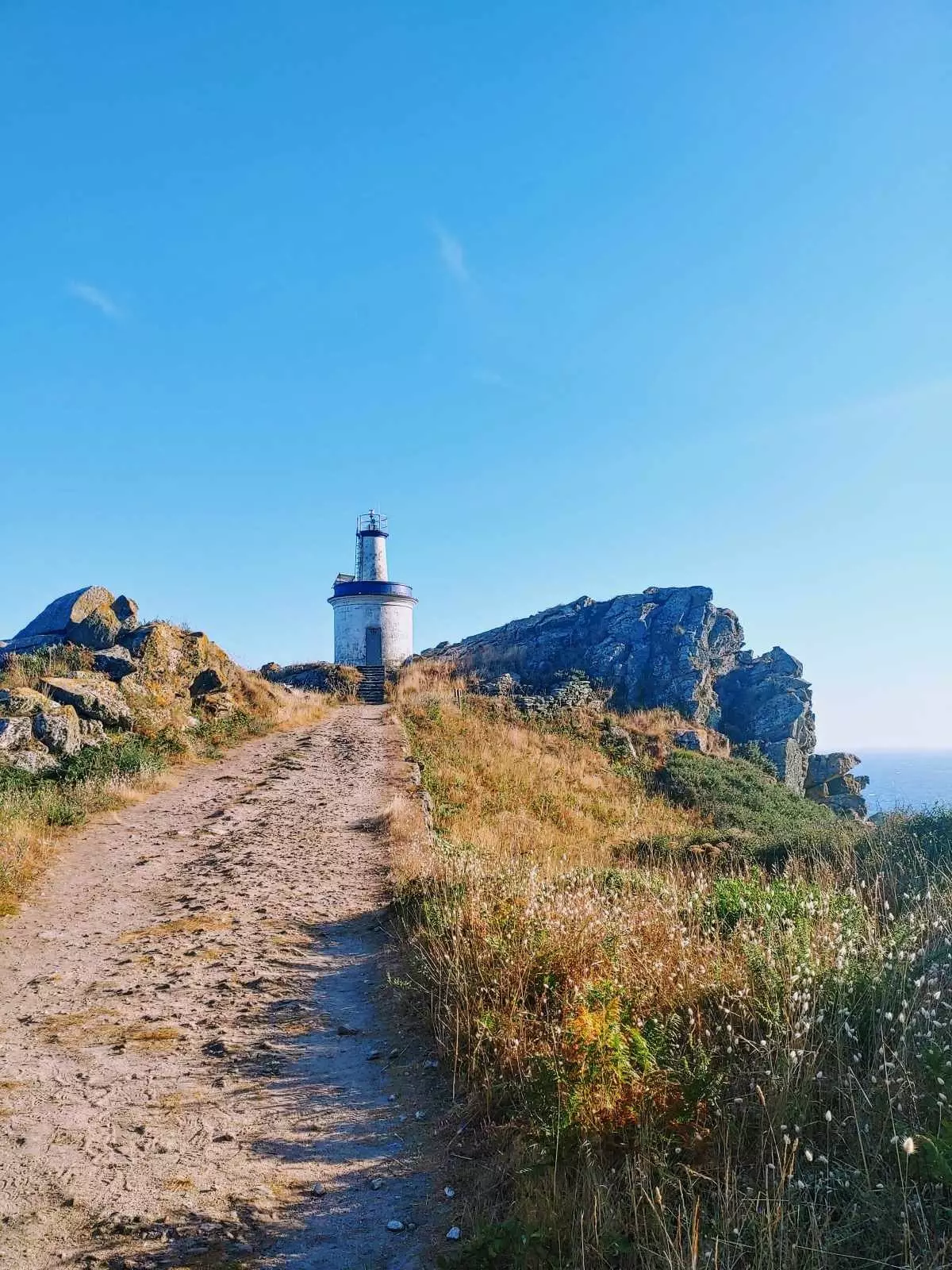
On the way to the Monte del Faro lighthouse, the oldest of the Cíes.
The remains of a hydraulic mill and a temple from 1930 in San Martiño show signs of its past as an inhabited place. Not forgetting the headlights, of course, essential in any adventure story. A small backpack, comfortable shoes and a snack from Bocatería Begoña will suffice to undertake this journey. between uphill curves to the Cies Lighthouse, the oldest of all.
Since 1853 it lights approaching ships, first with an oil lamp and later incorporating acetylene gas as fuel. Snowy and smaller, the Faro do Peito that guides since 1904 on the island of Monteagudo, accompanied by a bird observatory and where you can see the wild Sailing Coast in the Morrazo peninsula.
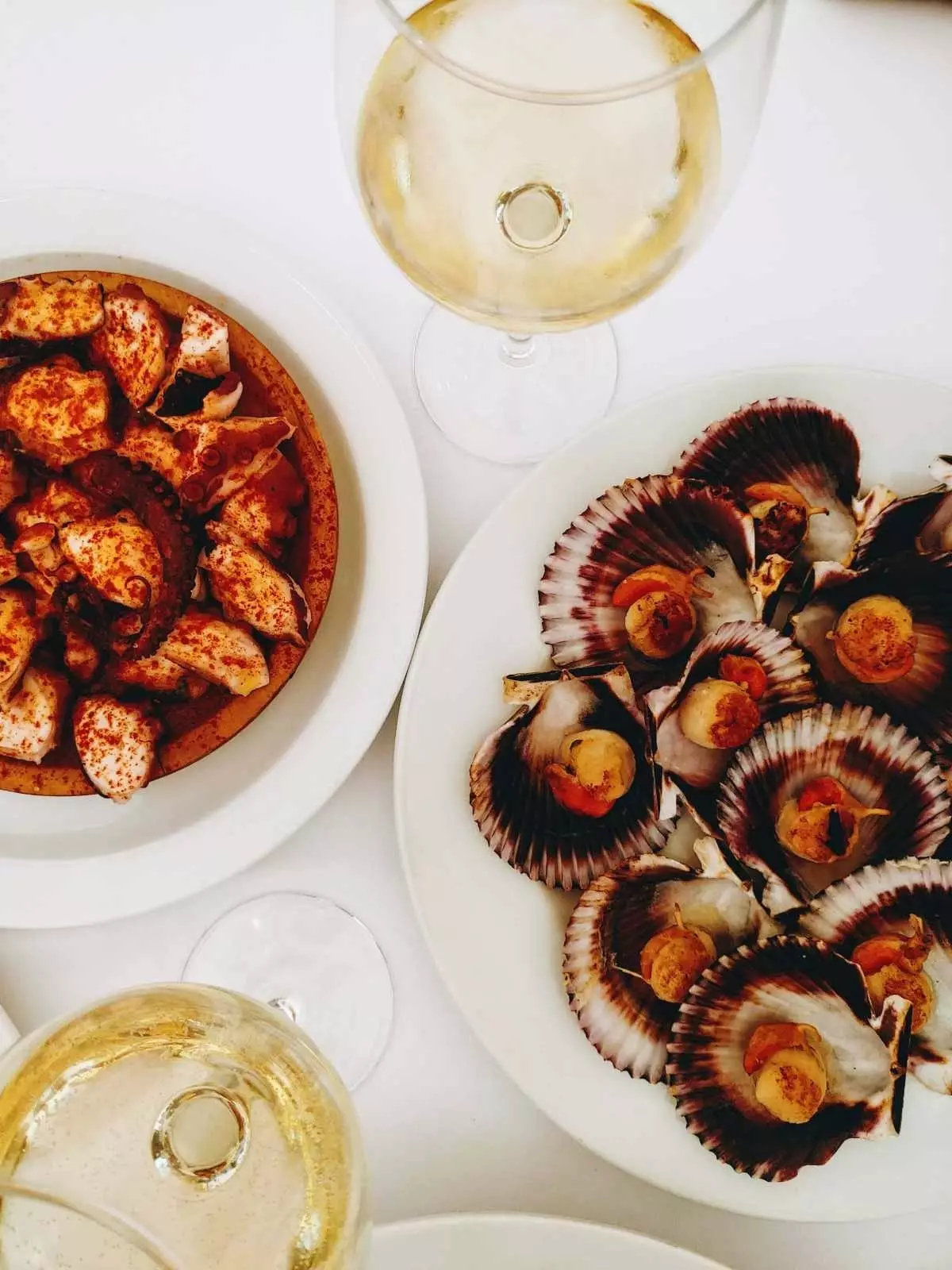
Here you can try some of the great classics of Galician cuisine.
An old cetárea in the lagoon supplied oysters and lobsters until the beginning of the 20th century, now covered by mantles of reeds. Its waters are a refuge for spider crabs, sea bream and sea bream, visible in broad daylight if you stop patiently to observe them. But the islands are not silent when the night comes.
If you choose to stay the night (in your own tent or in those offered by the park's campsite) you will see that the night's calm is truncated by a shell of stars and moonsets, which we can only witness thanks to the low light pollution of a sky like this. Already in the sleeping bag, with this screensaver in the background and the binoculars in a safe place, we admit the outcome: we have been infected by the Peter Pan syndrome that seems to rock the entire island.
